By Eric Niderost
At 8:30 on the evening of September 7, 1943, an Italian military ambulance entered Rome carrying two American prisoners of war. To the casual observer there was nothing to arouse suspicion, except for the fact that neither man wore any rank insignia. German troops were in Rome, and a German patrol passed the ambulance at such close quarters one of the Americans recalled, “I could have touched them.”
The Germans took no notice, and why should they? The Allies had recently taken the island of Sicily, and Allied bombing raids were regularly visiting the mainland. Occasionally a bomber would be shot down by antiaircraft batteries, and airmen who managed to bail out were rounded up and shipped to POW pens. The ambulance passengers were just two more Americans destined to sit out the war behind barbed wire.
Grave Danger for General Taylor, Another American in Rome
But appearances were deceiving. In reality the two “airmen” were Brig. Gen. Maxwell D. Taylor of the U.S. 82nd Airborne Division and intelligence officer Colonel William T. Gardiner. The two men were in grave danger, but the circumstances surrounding the mission seemed well worth the risk. Italy was about to change sides, and the switch to the Allied camp was a perilous leap.
Operation Giant II called for the 82nd Airborne to take the airfields around Rome, in essence to help hold the Eternal City and its immediate environs. This operation was supposed to be done with the full knowledge and consent of the Italian government; in fact, it had encouraged it. But General Taylor and others were growing uneasy about the plan, since so much of it depended on Italian cooperation. The Allied command needed men on the scene to make a candid appraisal of the mission and its chances of success, and that meant a journey to Rome, deep behind enemy lines.
Maxwell Davenport Taylor was an ideal choice for such a perilous mission. A career Army officer, he had a good ear for languages and had taught French and Spanish at West Point. Although not a trained diplomat, he was widely traveled at a time when most Americans never left home. In 1935, he was posted to Japan as assistant military attaché at the American Embassy in Tokyo. He soon became fluent in Japanese and even mastered Japanese character script.
Taylor Comes to Mission Equipped with Travel Experience, Broad Knowledge
When the Sino-Japanese War began in 1937, the Japanese allowed foreign military to observe maneuvers and field exercises in the Home Islands. Taylor soon did a stint with the Imperial Guards Field Artillery. His knowledge was further broadened by a six-month stint in China serving as an aide to Colonel Joseph W. “Vinegar Joe” Stilwell. Stilwell was attached to the American Embassy in Peking (now Beijing), and was trying to glean as much information on the Japanese Army as he could.
Young Taylor did his part and found he took to this cat-and-mouse game of “open” espionage with the Japanese. The Japanese Imperial Army tried to withhold as much information as possible; even unit designations were a closely guarded secret. Once, on an excursion outside Peking, Taylor noticed Japanese soldiers had scratched their names on a statue of Buddha. He could read the Japanese characters and saw the soldiers had also written their unit designations. He jotted these down. Now the Americans knew what parts of the Imperial Army were posted in North China.
Maxwell Taylor and his family came home from Japan in 1939. He drew up a detailed 68-page report on the Japanese Army that provided insights on its strengths and weaknesses, tactics and organizational structure. Taylor noted, for example, that the Japanese had a tendency to launch frontal assaults on enemy positions. It was a chilling forecast of the “Banzai” charges Americans would soon experience in World War II.
Italy Was Reluctant War Ally of Germany
Taylor’s Roman odyssey had its roots in the political turmoil that resulted after the fall of Benito Mussolini. Italy had been dragged into the war as a reluctant ally of the Germans. Fascist dictator Mussolini wanted to resurrect the old Roman Empire, but his dreams of conquest evaporated in the sun-baked deserts of North Africa. Italy lost her best divisions at El Alamein and elsewhere. The Italian upper classes were mostly anti-German, while the Italian masses generally had warm feelings for America thanks to a massive Italian immigration to the United States since the turn of the century.
The Allied invasion of Sicily was the beginning of the end of Mussolini’s tottering Fascist regime. On July 25, 1943, the Fascist Grand Council asked for Mussolini’s resignation as prime minister. The aging dictator meekly obeyed and was quickly put under arrest. A new government was formed under Marshal Pietro Badoglio with the blessing of Italy’s King Victor Emmanuel.
The new Italian government tried to assuage German fears by reaffirming the German alliance and declaring the war would go on as before. Adolf Hitler was not fooled by Italian professions of loyalty. The Führer was a master of deceit and could readily see through the diplomatic smokescreen. He made sure a contingency plan code-named Operation Alarich was in the wings, ready to be implemented the moment the Italians showed any signs of overt treachery. Alarich entailed a swift occupation of the Italian peninsula accompanied by the neutralization of Italian armed forces.
Italians in Secret Talks with the Allies
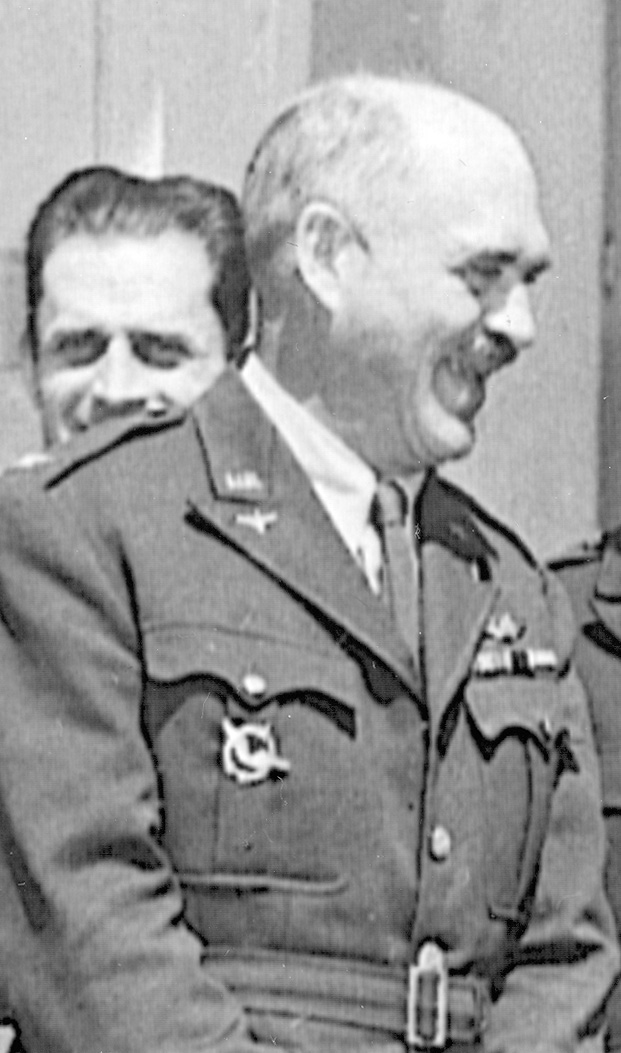
Hitler expected betrayal, and events bore him out. Raffaele Guariglia, the new Italian foreign minister, gave the German ambassador his word of honor that Italy would not negotiate with the Allies. The Italians opened secret talks with the Allies soon after. General Guisseppe Castellano was secretly dispatched to Sicily, now firmly under Allied control. General Dwight D. Eisenhower, commander of American forces in the Mediterranean theater, was receptive but would offer no terms other than unconditional surrender. It was a policy outlined by President Franklin D. Roosevelt and British Prime Minister Winston S. Churchill at Casablanca earlier that year.
Plans were duly drawn up for an Italian armistice. In this case, it was not just a cessation of hostilities but a euphemism for total surrender. However, Castellano hesitated, quoting a memorandum citing German strength on the mainland. If Italy surrendered and then joined the Allied cause, German retribution was apt to be swift and deadly. In essence, the Badoglio government wanted protection from the Germans and made no bones about it.
One way to protect the fledgling Italian government was to secure the capital and its environs. Not only would the Badoglio regime survive, but the operation might yield some military dividends as well. If the Allies held Rome and a good part of central Italy, German forces to the south might well find their positions untenable. Operation Avalanche, the Allied invasion of southern Italy at Salerno, was soon to begin. The Germans would be hard put to face this amphibious landing if they found the Allies well entrenched to their rear.
Operation Giant II: A Lot Required from the Italians
Operation Giant II was an ambitious attempt to put all these ideas into action. As plans were drawn up, the U.S. 82nd Airborne would drop at two airfields about 25 miles north of Rome. Since paratroopers are lightly armed, they needed support against the expected German armored riposte. An Allied convoy carrying artillery and antitank weapons would sail from Sicily in concert with the planned drop, then proceed up the Tiber River to deliver its cargo.
Close cooperation between the 82nd Airborne and the Italian Army was essential if the scheme had any hope of succeeding. The situation remained as clouded as the sluggish and murky waters of the Tiber. Italian politics was a maze of currents and crosscurrents, of ambitions and uncertain loyalties. The Italian Army was not noted for its efficiency on any level. General Taylor remarked, “Little as I knew about the situation around Rome, I could not believe the Italians could do all the things to which Castellano was agreeing.”
Indeed, Giant II required much of the Italians. They had to illuminate drop zones in a timely and efficient manner and also supply trucks, gasoline, and other logistical support. Castellano had a smooth tongue, but could his government fulfill his promises?
For the moment all doubts were cast aside when the PT boat carrying the “diplomats” landed at Gaeta in the late afternoon. Gun-toting sailors prodded the American “POWs” into a car that was waiting at the dock, an elaborate charade designed to fool observers and throw any spies off the scent. The subterfuge seemed to work, and the Americans transferred to an ambulance on the outskirts of Gaeta.
Ambulance Makes Its Journey to Rome
The ambulance sped up Highway 7, passing through an Italian countryside basking in the rays of the late summer sun. Highway 7 was the modern name of the fabled Appian Way, first built by the Roman Appius Claudius around 312 bc. Parts of the Roman road still peeked through the modern asphalt; tires now rolled on a surface that had once known the tramp of Roman legionnaries. Taylor and Gardiner had little time to muse on the road’s historic significance or romantic allure. They were uncertain of their reception once they got to Rome, and were conscious that time was running out.
The journey from Gaeta to Rome was a long one, encompassing 75 miles. The ambulance managed to reach the Eternal City by 8:30 pm. They had encountered many roadblocks, but guards quickly waved them past.
On September 3, 1943, Lt. Gen. Bernard L. Montgomery crossed the Straits of Messina to land at Reggio Calabria on Italy’s “toe.” Since it was obviously not the main invasion, Hitler was not alarmed, confident that Operation Alarich could be implemented at a moment’s notice.
Taylor and Gardiner were driven to Italian Supreme Headquarters at the Palazzo Caprara, where two rooms on the third floor had been reserved for their use. They were warmly greeted by resident staffers but the informed General Giacomo Carboni, commander of the corps assigned to defend Rome, was not present.
Are the Italians Cooperating with the American Effort?
Before they could digest this information the Americans were also told that Carboni’s superior, General Vittorio Ambrosio, was “out of town” on business. The Italians’ laid-back, nonchalant attitude puzzled and annoyed Taylor and Gardiner. The Americans nervously glanced at their watches. Within hours Giant II was set to begin, and there were still many unanswered questions. Would the Italians support the American effort as promised? Would Italian antiaircraft batteries fire on C-47 transports loaded with paratroopers? There was still enough time to scrub the mission if only someone in authority would show up at headquarters!
The Americans were led to dinner and given a side order of chit-chat to go along with the main course. An Italian translator was very effusive, describing Carboni as an “anti-Fascist.” By this time, the Americans could have cared less about his politics, if only he would appear! They insisted on a meeting with the elusive general, who belatedly showed up at 10 pm. He was an impressive figure, complete with battle ribbons and boots that were shined to a high polish.
Carboni showed the Americans a map of Italian Army dispositions around Rome. He had four divisions in place, but was decidedly pessimistic about Giant II’s chances. Although the Germans were not yet occupying Italy, Carboni said that more and more of them were coming though the Brenner Pass. He estimated that there were 12,000 Germans north of Rome with 120 heavy and 150 light tanks, and 24,000 Germans in the south. The Italian general confessed that his ammunition was short and the Germans had severely curtailed Italian supplies of gasoline.
The American paratroopers would probably secure their objectives, but after the initial surprise the Germans would come down on Rome with a vengeance. According to Carboni, the Italians simply could not help the American effort, at least not as originally promised. These were serious allegations, involving thousands of American lives, so Taylor and Gardiner demanded to see Marshal Badoglio. Carboni tried to beg off, saying he did not want to disturb the new prime minister, but the Americans insisted.
Surprise Visit to Marshal Badoglio’s Villa
General Carboni personally drove the Americans to Badoglio’s villa just outside Rome. The marshal received them in his pajamas, sleepy-eyed and looking “old and tired.” Carboni had seen the marshal first, almost as if to persuade the old man to change his mind about the whole operation. When Badoglio did appear, he seemed to have gotten cold feet about Giant II and the recently signed armistice. Badoglio urged that Giant II be canceled and the armistice, which had not yet been made public, be postponed.
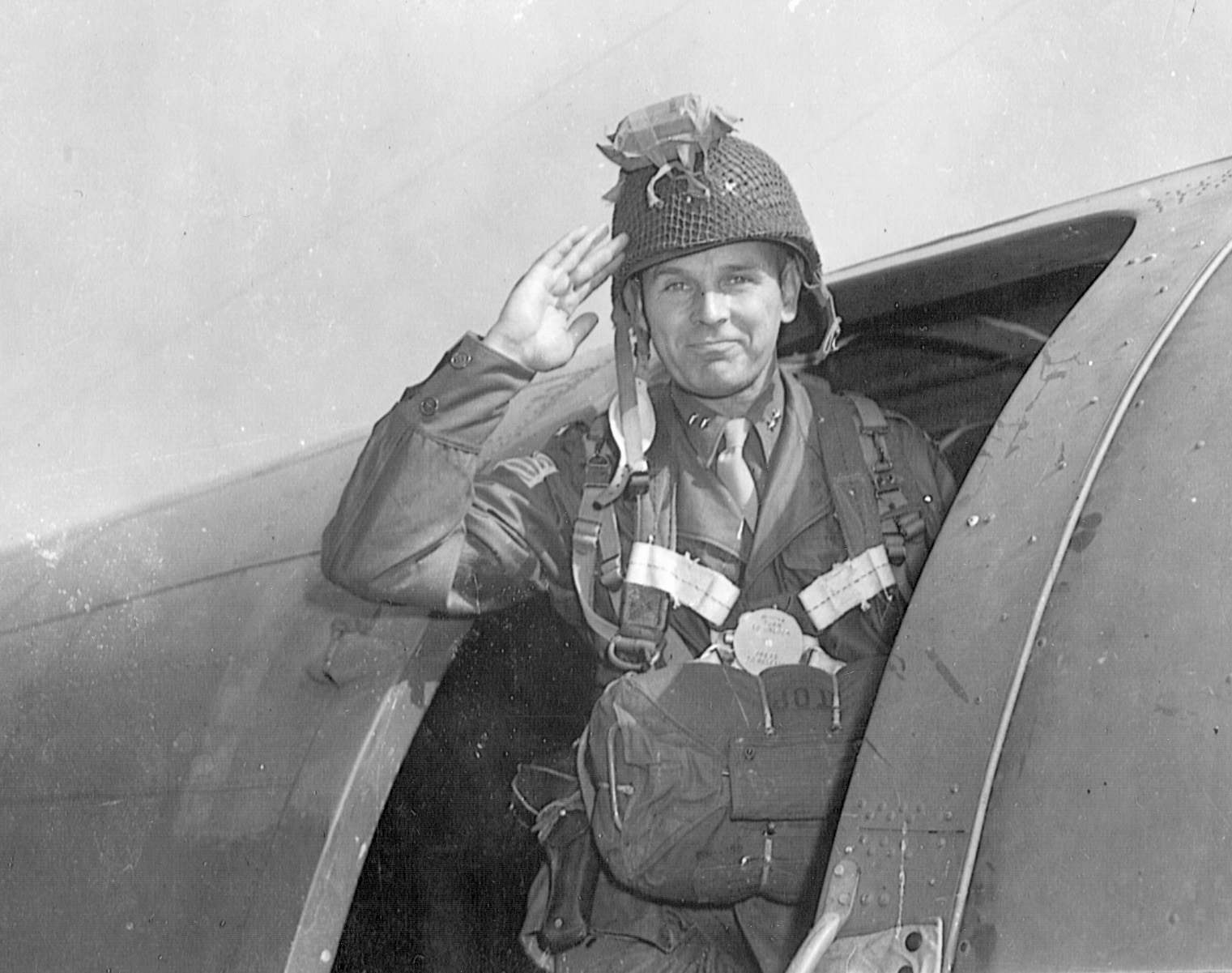
Taylor and Gardiner could hardly believe their ears. This 11th-hour change of mind seemed a betrayal after repeated assurances to the contrary, and was not likely to inspire confidence in the new government’s powers of decision. Badoglio penned a letter to Eisenhower in the early morning hours of September 8, declaring it was “no longer possible” for the Italians to accept an armistice and that Giant II was also no longer possible.
After the marshal’s message was sent, Taylor added one of his own. He amplified Badoglio’s missive, saying that the reasons given for the sudden change of heart were the “irreplaceable lack of gasoline and munitions and German dispositions…. Taylor and Gardiner awaiting instructions. Acknowledge.” Taylor signed off on this message at 1:21 am. The Americans took their leave of the aged Badoglio and were driven back to the Palazzo Caprara.
Anxiety Grows as Taylor Awaits Instructions
The messages were transmitted, and in due course an acknowledgment of Badoglio’s note was received. But what of Taylor’s follow-up asking for instructions? The clock was ticking and anxiety grew with each passing minute. At 8:20 am Taylor sent another message, but again there was no answer from Allied headquarters in Bizerte, Tunisia. Perhaps there was a transmission error, or perhaps the decoder was slow. It was time for Taylor to use his trump card, a code phrase that left little room for ambiguity: “Situation Innocuous.” The two-word message was sent at 11:35 that morning.
“Situation Innocuous” was the code phrase that would immediately cancel Giant II on the spot. Since he was the man on the scene, Taylor would be in the best position to judge the situation. Although the American envoys did not know it at the time, Eisenhower was in possession of the original first messages from Badoglio and Taylor. Eisenhower was enraged by Badoglio’s temporizing, which seemed like sheer duplicity. Was he trying to back out of the deal? Was he playing Eisenhower for a fool?
Eisenhower was so incensed he had trouble writing a reply. He grabbed a pencil but bore down so hard he broke it. Reaching for another pencil, he broke that one, too. He was just too angry to write, so he was forced to dictate a reply to Badoglio. “I intend to broadcast the existence of the armistice at the hour originally planned…. Failure now on your part to carry out the full obligations to the signed agreement will have the most serious consequences for your country.”
Operation Giant II: Canceled
Giant II was canceled, but there was a further complication. Taylor’s original first message to scrub the mission was not received and decoded at Bizerte until late in the morning of September 8. There were only seven hours until Giant II would be launched. Could a message be sent and decoded in time to reach the 82nd’s Sicilian air bases? To make doubly sure, Brig. Gen. Lyman Lemnitzer, Deputy Chief of Staff of the U.S. Fifth Army, was flown from Bizerte to the 82nd primary airfield at Licata, Sicily.
Lemnitzer used a British night fighter and found himself squeezed behind the pilot. Unfortunately their navigation was faulty, and they could not get a definite fix on their position until they saw the looming peak of Mt. Etna. In the meantime, General Matthew Ridgway, commander of the 82nd, listened on the radio as Eisenhower announced the Italian armistice as scheduled. The broadcast was also Ridgway’s green light to implement Operation Giant II. Around 60 troop-filled C-47 transports were already in the air, maintaining a holding pattern until given the signal to proceed.
It was not easy for the British fighter to land when C-47s were parked on the airfield or taking off, but finally Lemnitzer managed to get on the ground safely. He rushed up to Ridgway just as the general was receiving orders to cancel Giant II. It had been a very close call.
Return Home Fraught with Danger
Taylor and Gardiner were ordered home, but the return was anything but smooth. Once more the American officers were loaded into an ambulance, but this time the destination would be an airfield, not a seaport. Rome and the surrounding countryside still swarmed with German patrols, and the danger of capture was very great. The Americans were deposited at the Centocelli airfield just outside Rome, where an Italian trimotor Savoia Marchetti awaited them.
The plan was to fly the emissaries back to North Africa, and supposedly the flight plan had been cleared by the Allied air forces—that is, they would not be shot down by “friendly fire.” Taylor and Gardiner were not so sure, since by this time they had had their fill of Italian reassurances. Sure enough, an American fighter intercepted the trimotor off the coast of North Africa but luckily held his fire. After reporting to Eisenhower near Tunis, an exhausted Maxwell Taylor managed to crawl into his bunk for some much-needed sleep.
In later years General Taylor would come in for a large share of criticism for his handling of the Rome mission. Some critics, including the distinguished historian Samuel Eliot Morison, claimed that a great opportunity had been missed. Critics allege Giant II might have indeed cut the Germans off in the south, or at least forced them to retreat. They also claim that men like Taylor were already prejudiced against the operation and did all they could to doom it to failure.
Taylor’s Roman Odyssey Averted Catastrophe
However, the general consensus among today’s historians is that Taylor was in the right when he scrubbed Giant II. The Badoglio government was weak and vacillating, ready to bolt at a moment’s notice. The Germans had artillery, including the dreaded 88mm guns, and the 3rd Panzer Division was only 40 miles north of Rome. The 82nd Airborne would have been out on a limb, stranded behind enemy lines and saddled with dubious Italian Allies. The 82nd’s fate would probably have been similar to the fate of the British 1st Airborne at Arnhem during Operation Market-Garden, but at least a remnant of the British paras managed to escape the German trap in Holland.
There would have been no such escape for the 82nd Airborne. Elite paratroopers, men who would perform outstanding service at Normandy and elsewhere, would probably have been killed or captured.
Taylor’s Roman odyssey, though bitter and disappointing in the short run, was successful because it averted a major debacle in the nick of time.
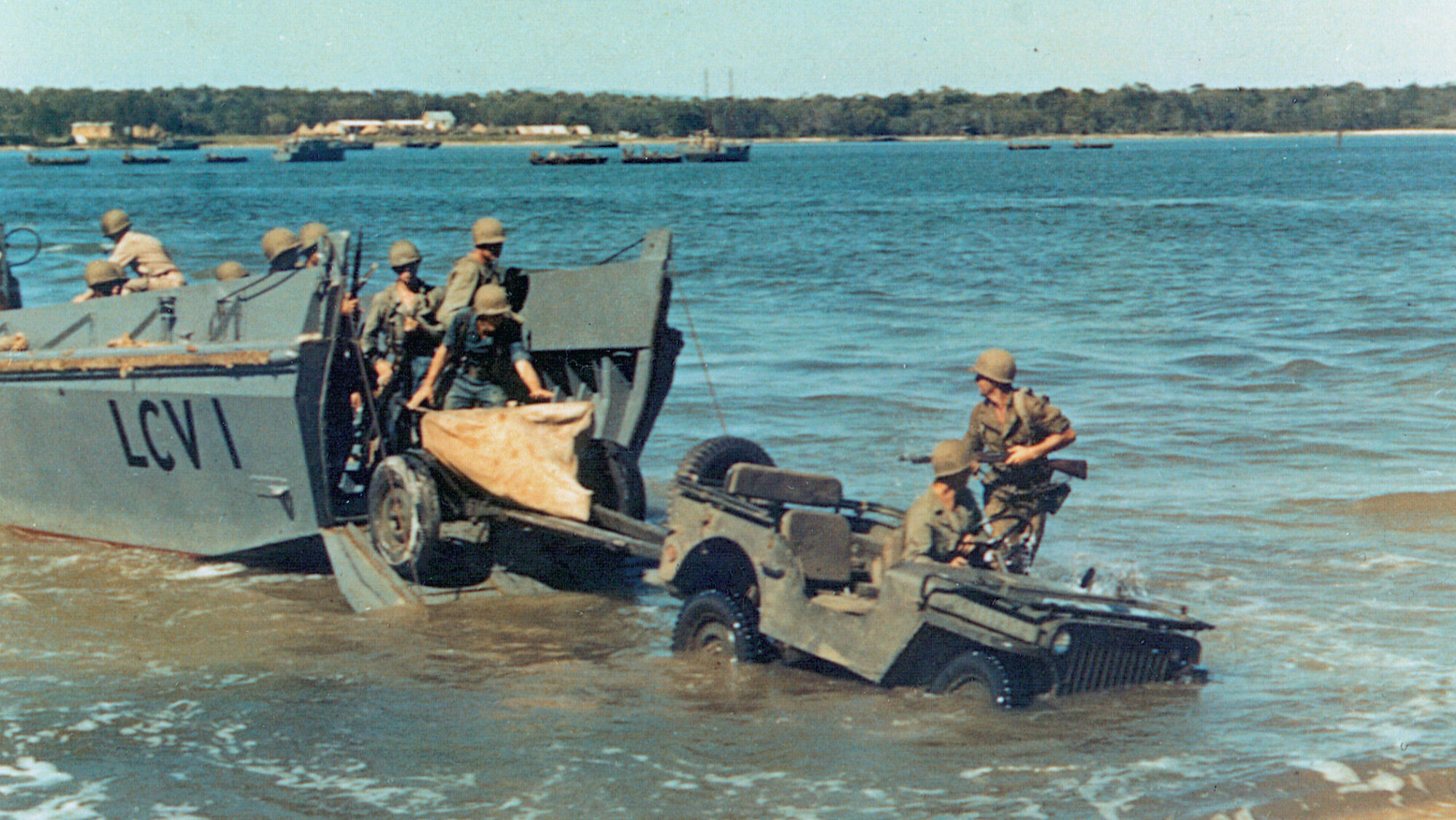
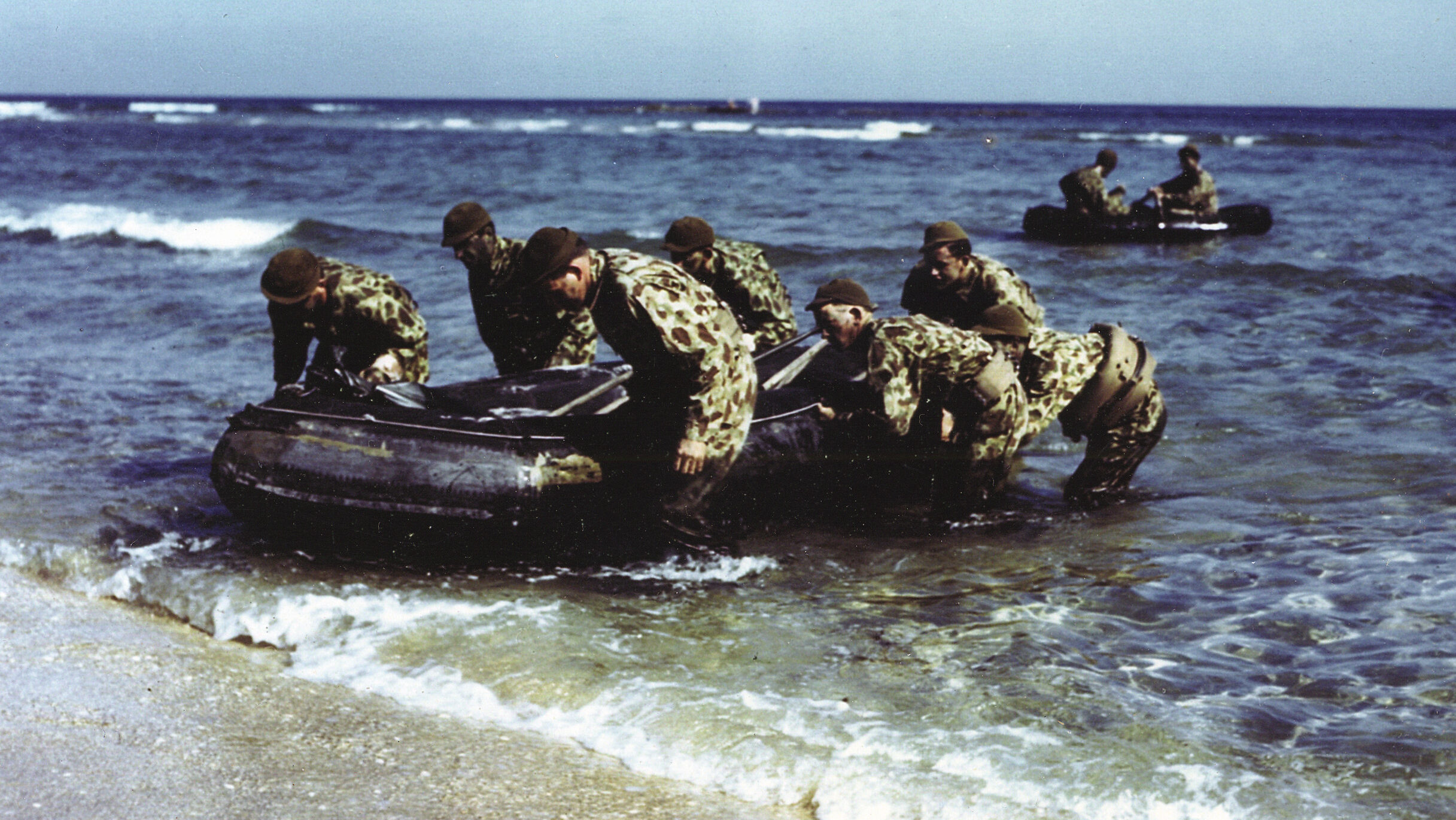
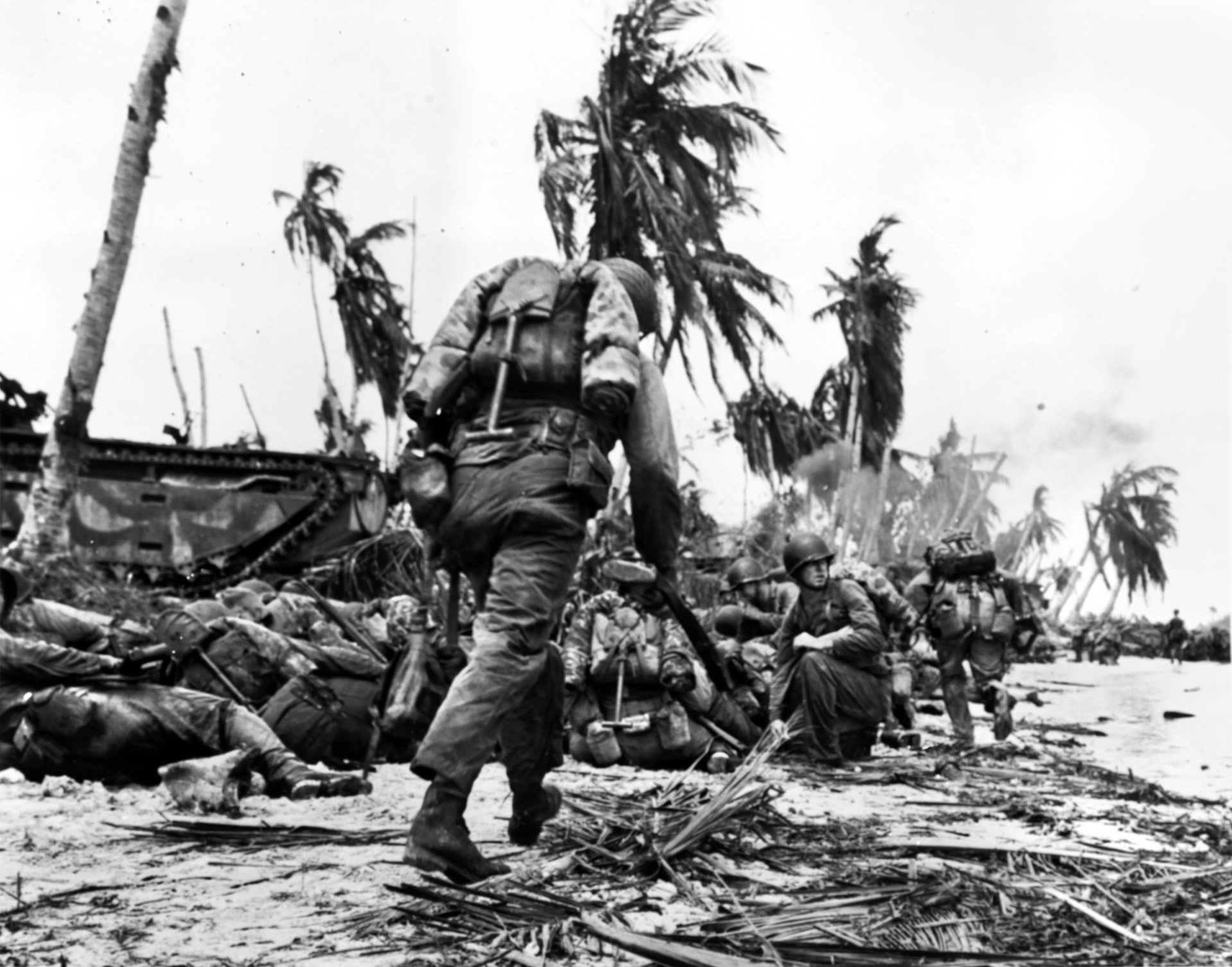
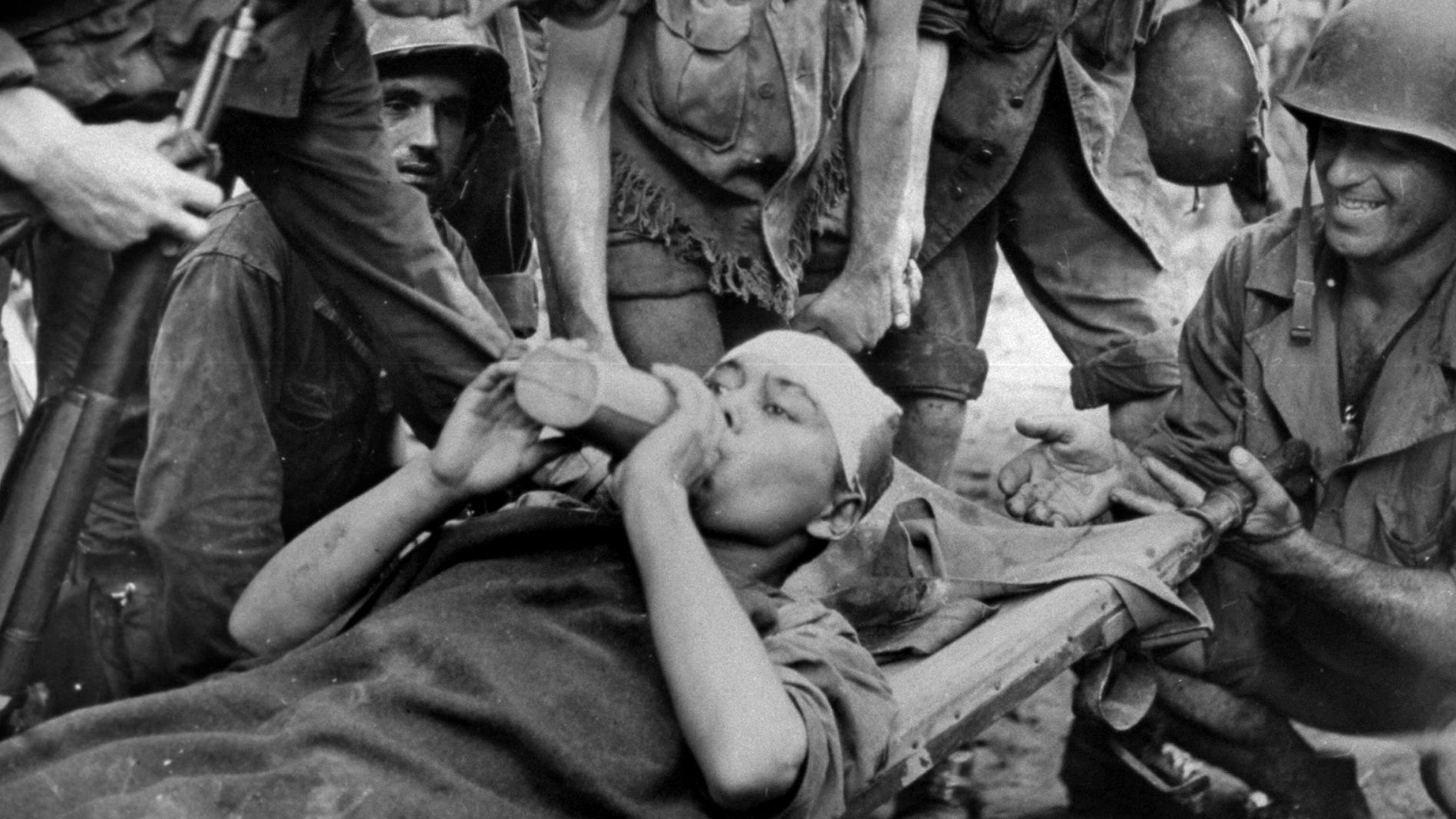
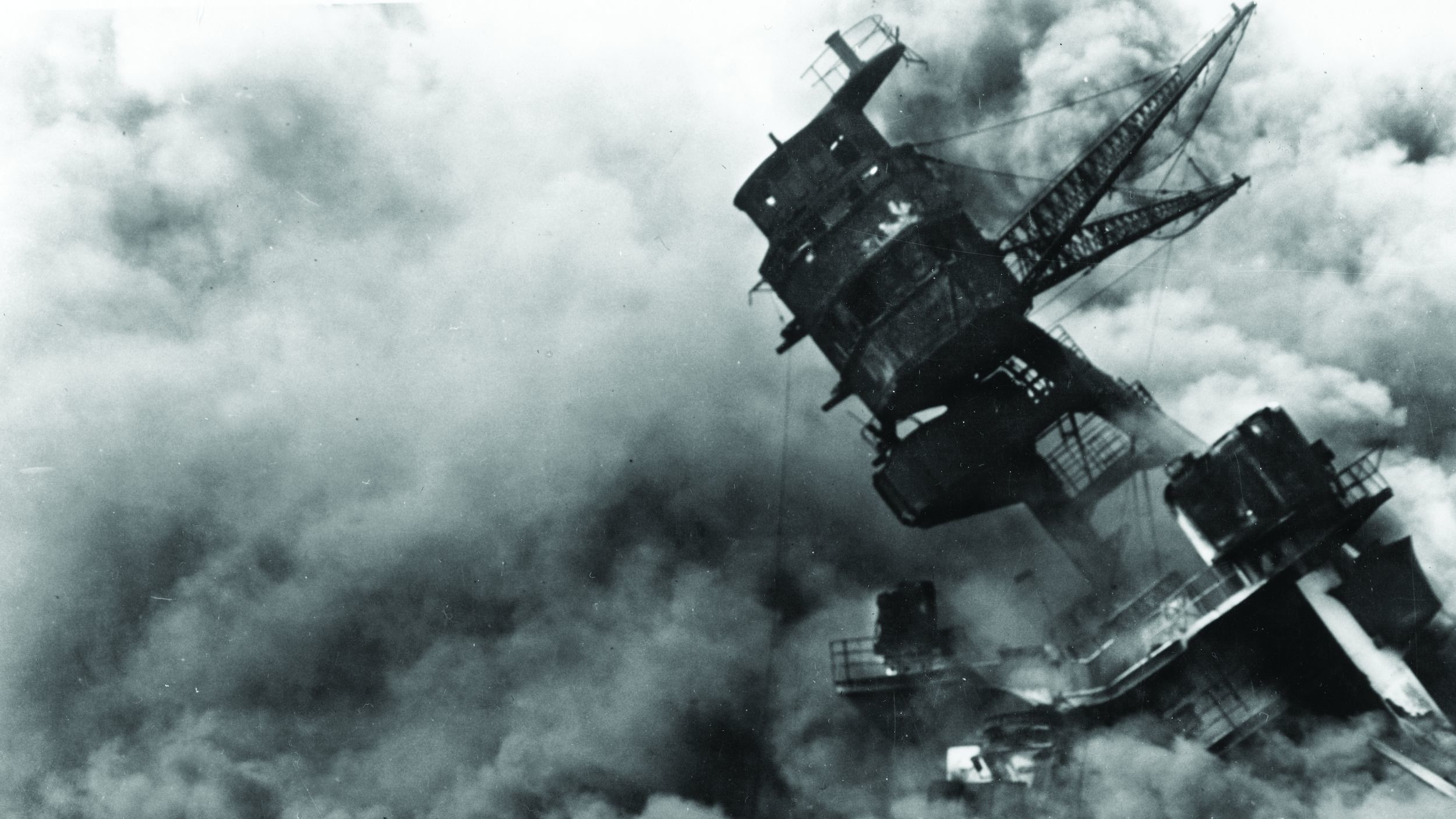
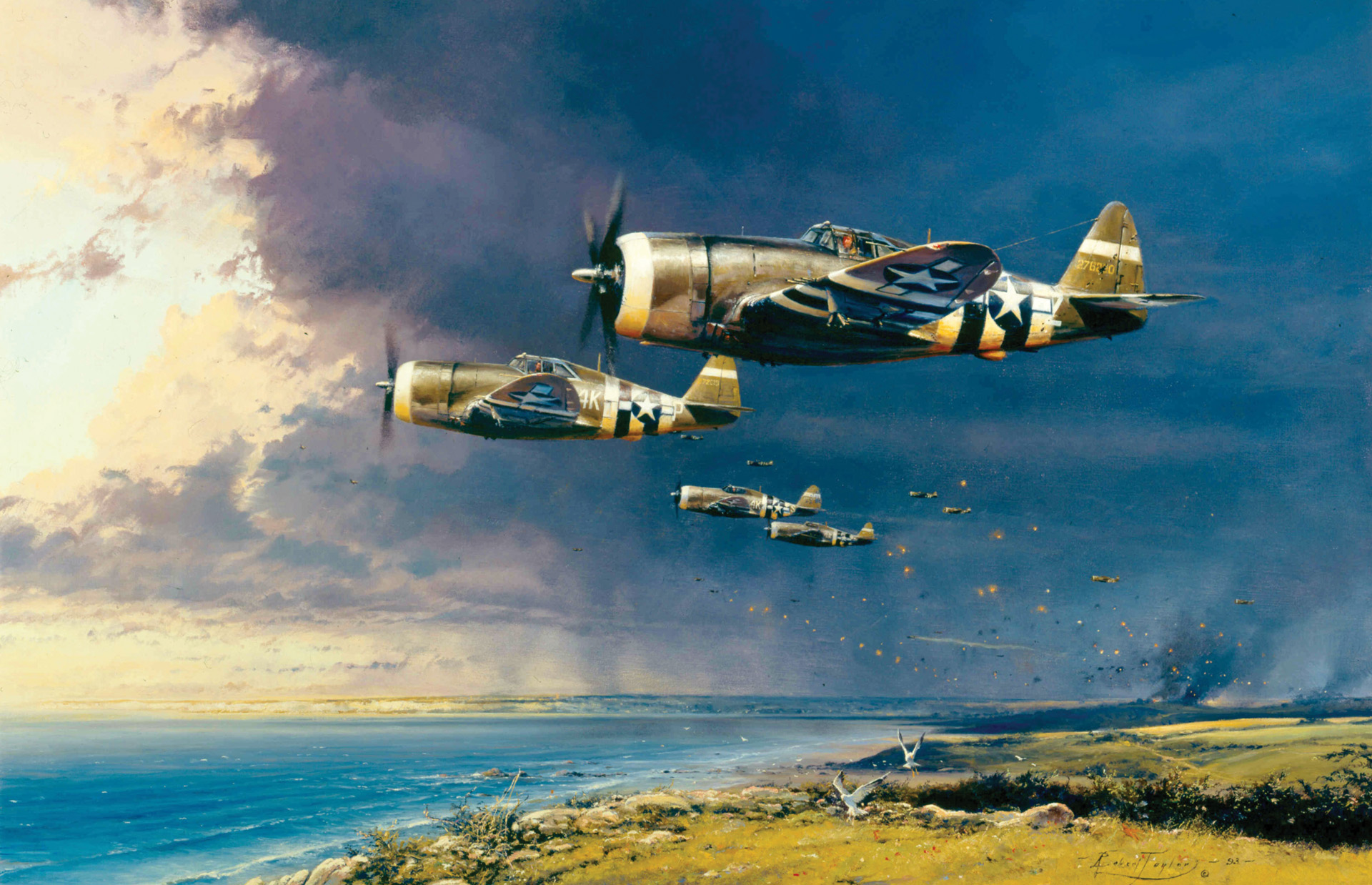
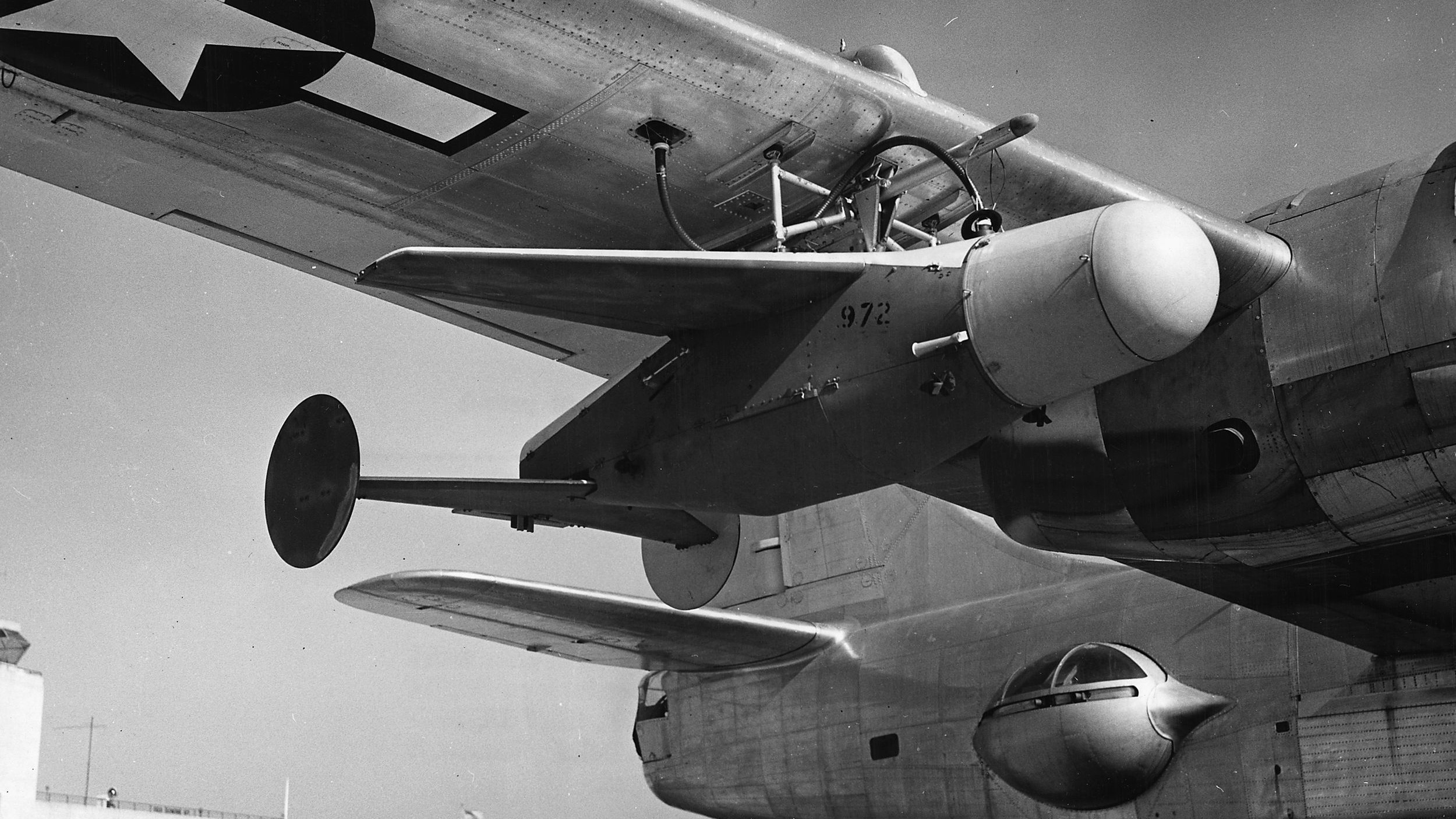
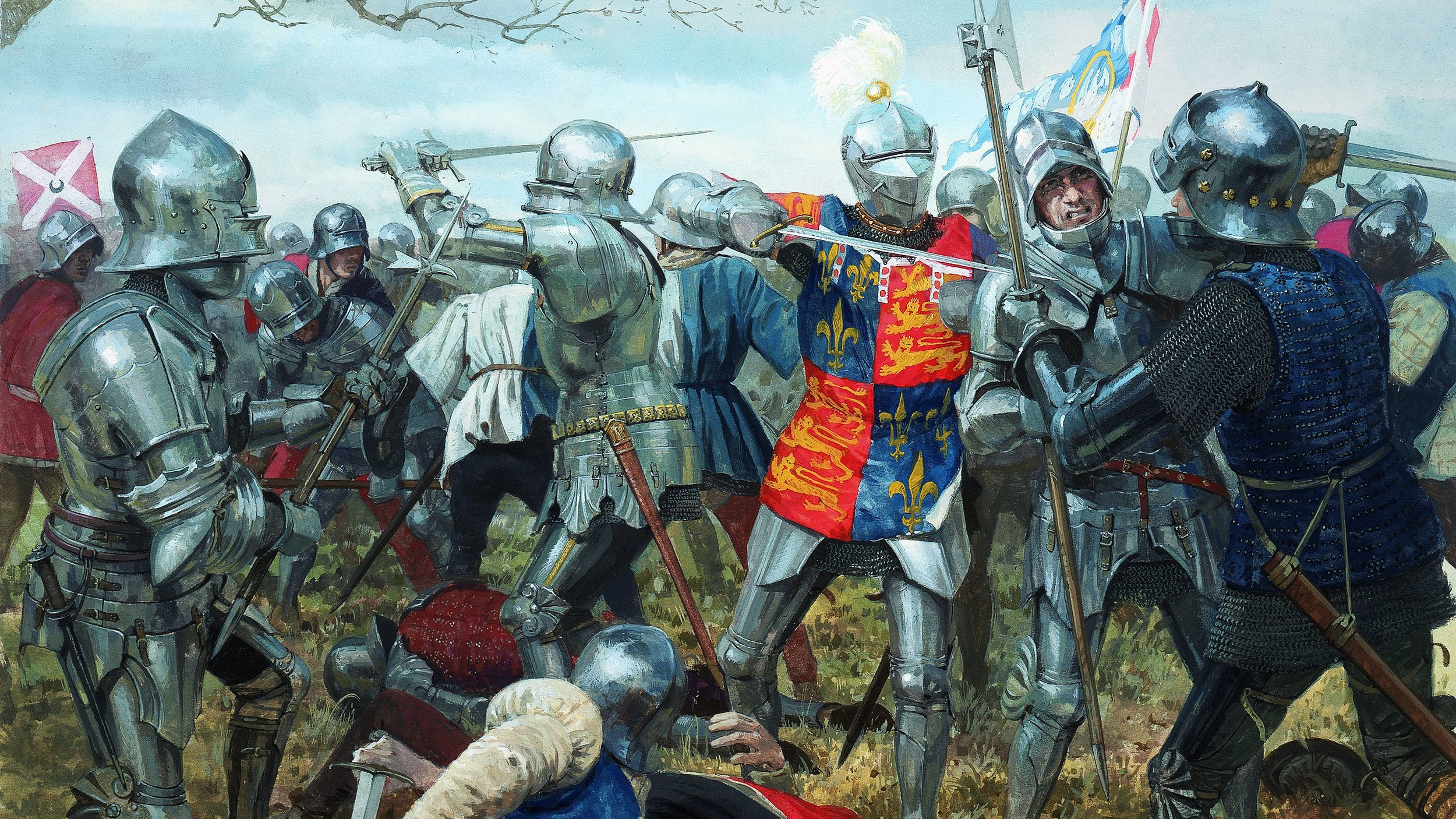
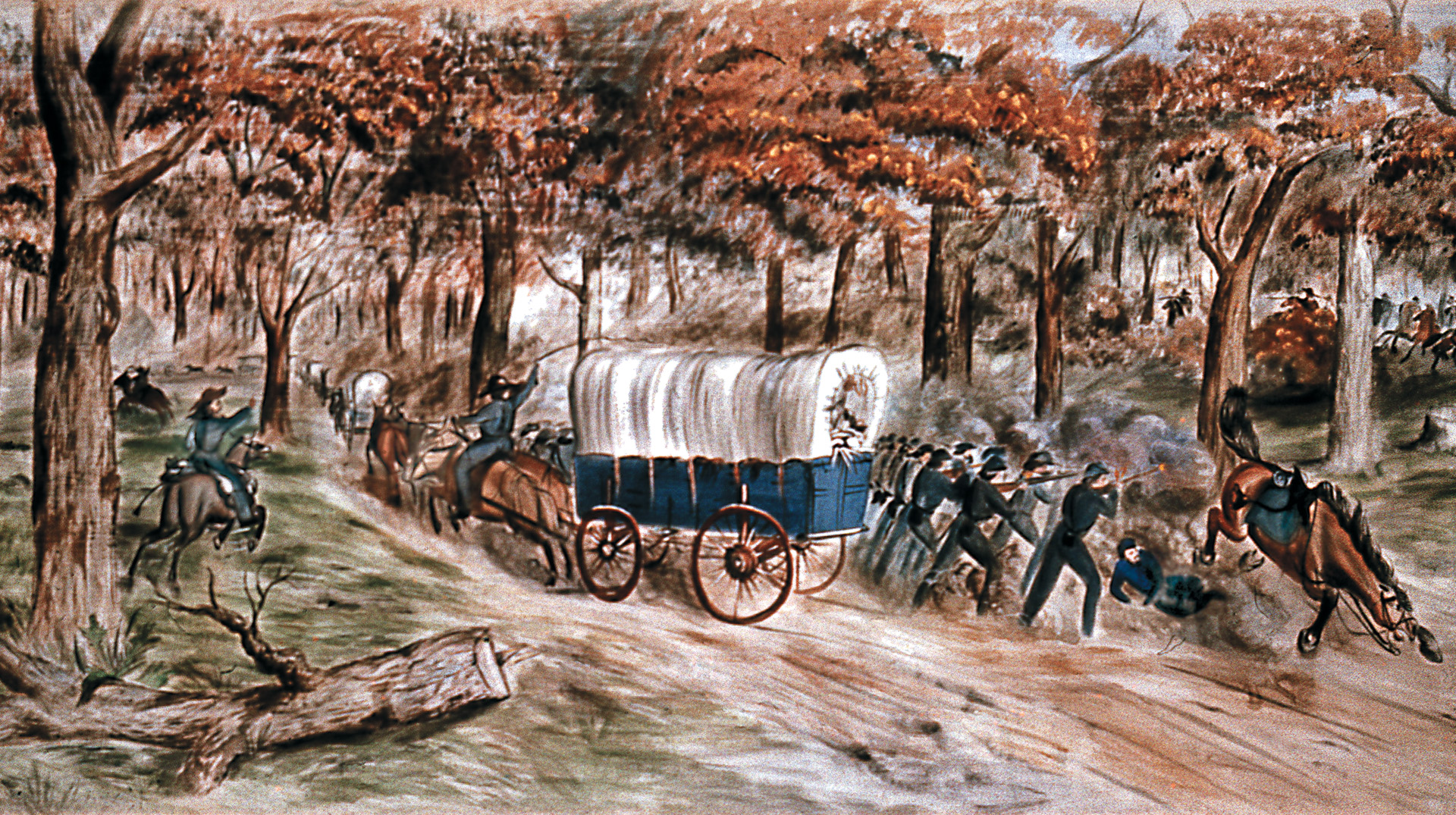
Join The Conversation
Comments
View All Comments